Namhae Gulgukbap (남해굴국밥)
2.2Km 2021-03-18
11, Jong-ro, 46-gil, Jongno-gu, Seoul
+82-2-764-4858
A restaurant that uses only fresh oysters delivered from Tongyeong every day. The representative menu is oyster and rice soup. This Korean cuisine is located near Dongdaemun Station, Seoul.
Hanyangguksu Donsamo (한양국수돈삼오)
2.2Km 2021-03-18
9, Jong-ro, 46-gil, Jongno-gu, Seoul
+82-2-764-4718
This is a Korean cuisine located in Dongdaemun Gate, Seoul. The best menu at this restaurant is banquet noodles. A store where you can enjoy grilled meat and noodles together.
Cheolgil Tteokbokki (철길떡볶이)
2.2Km 2024-03-18
35-6 Chungjeong-ro, Seodaemun-gu, Seoul
Cheolgil Tteokbokki is a famous pilgrimage site for tteokbokki lovers. As the name suggests, it is located next to the railroad (“cheolgil” in Korean) near Chungjeongno Station. There is a wide variety of Korean dishes available, from tteokbokki that will bring back childhood memories to gimbap, deep-fried dishes, and sundae. As the name suggests, it is located next to the railroad near Chungjeongno Station. The restaurant has been in operation for two generations while maintaining its original appearance. The old signboard and exterior have a nostalgic feeling. Unlike tteokbokki in soup, which is currently popular, this tteokbokki with chewy rice cakes is coated well with thick spicy sauce. It's very delicious when mixed with the restaurant’s deep-fried foods. Visitors are recommended to take the seat outdoors to enjoy the view of the railroad tracks while eating.
National Theater of Korea (국립극장)
2.2Km 2024-03-06
59, Jangchungdan-ro, Jung-gu, Seoul
+82-2-2280-4114
The National Theater of Korea opened in 1950 as the first national theater in Asia. It is the only production theater that takes traditional arts to recreate them as contemporary art. It offers various types of theaters, such as Haeoreum Grand Theater, Daloreum Theater (middle-size), Immersive Studio ByeolByeol (small-size), and Haneul Round Theater with a circular stage structure. In addition, the Museum of Performing Arts, Cultural Plaza, and other convenience stores and coffe shops offer pleasure and relax to its visitors.
Brown Avenue (브라운에비뉴)
2.2Km 2021-03-19
5, Hyehwa-ro, 3-gil, Jongno-gu, Seoul
+82-2-762-8334
A café where it is good to have a meal because it has a brunch menu as well as drinks. This restaurant's signature menu is americano. This cafe is located in Jongno-gu, Seoul.
Jangchung Gymnasium (장충체육관)
2.2Km 2024-03-12
241, Dongho-ro, Jung-gu, Seoul
+82-2-2128-2800
Jangchung Gymnasium is Korea's first domed gymnasium and opened in 1963. It was renovated in 2015 to become what it is today. It is famous for hosting the Korean Professional Volleyball League during the winter months. The gymnasium also boasts a variety of athletic competitions, cultural performances, and events. Nearby are Jangchungdan Park, Jangchung-dong Jokbal Street, and Dongdaemun Historical and Cultural Park, which are all worth exploring.
CU - Dongsoong Art Center Branch [Tax Refund Shop] (cu동숭아트점)
2.2Km 2024-06-26
114, Dongsung-gil, Jongno-gu, Seoul
-
ASSITEJ International Summer Festival (아시테지 국제여름축제)
2.2Km 2024-07-09
114 Dongsung-gil, Jongno-gu, Seoul
+82-2-745-5863
ASSITEJ International Summer Festival is Korea's largest performing arts festival aimed at introducing theater to children. Started in 1993, the festival has continued to grow each year, including many performances from overseas groups to delight children and adults alike.
Dongdaemun Jeongyuk Sikdang (동대문정육식당)
2.2Km 2024-03-15
7-3 Jong-ro 46ga-gil, Jongno-gu, Seoul
+82-2-764-1541
Dongdaemun Jeongyuk Sikdang is a butcher restaurant specializing in fresh meat located near Dongdaemun Fashion Town. They offer high-quality Korean beef and Korean pork sourced directly from the producers, allowing customers to choose cuts of meat according to their preferences at reasonable prices. Their savory soybean paste stew served in the center of the grill is also delicious. Customers can help themselves to additional side dishes like green onions threads and onion sauce at the self-service bar.
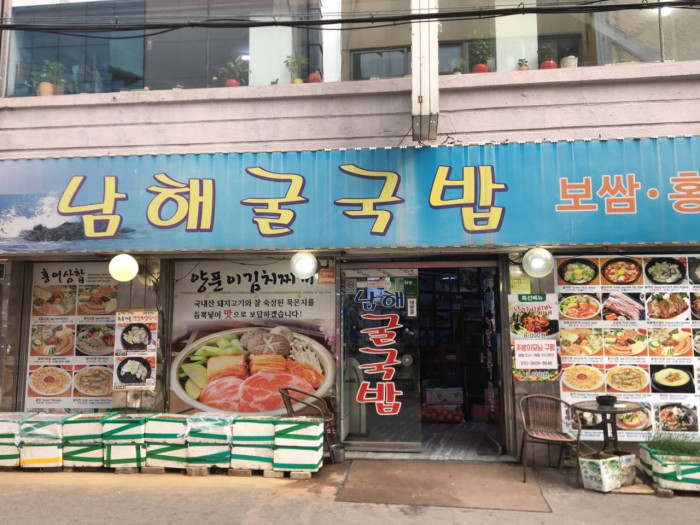
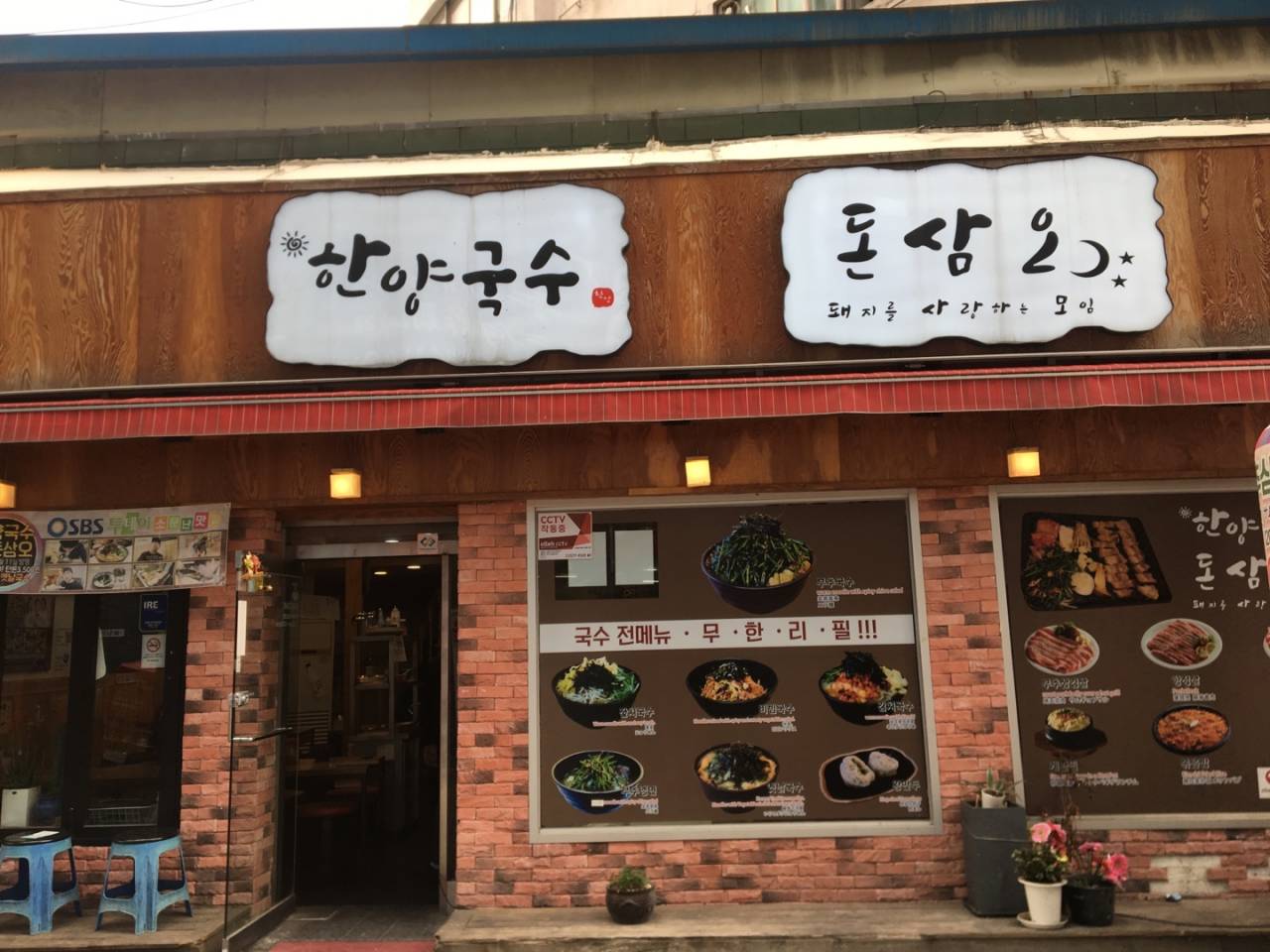
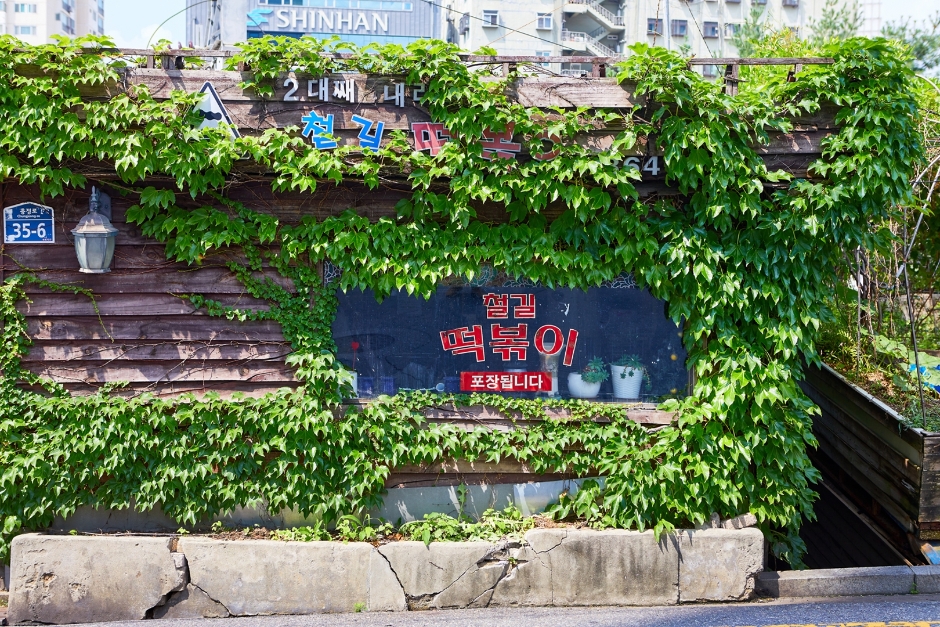

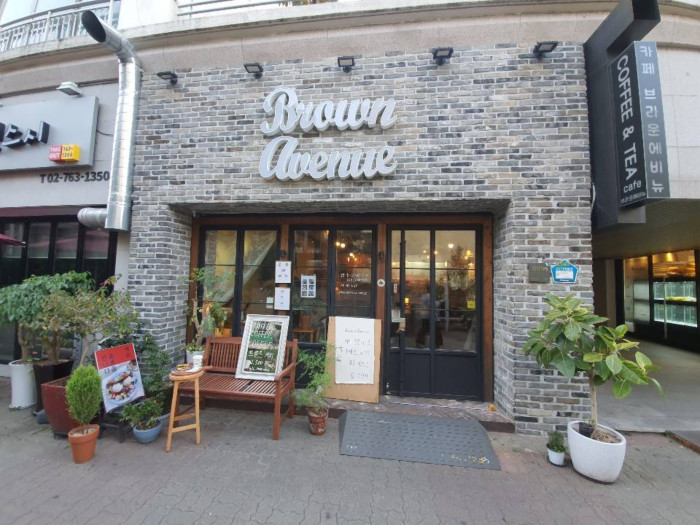
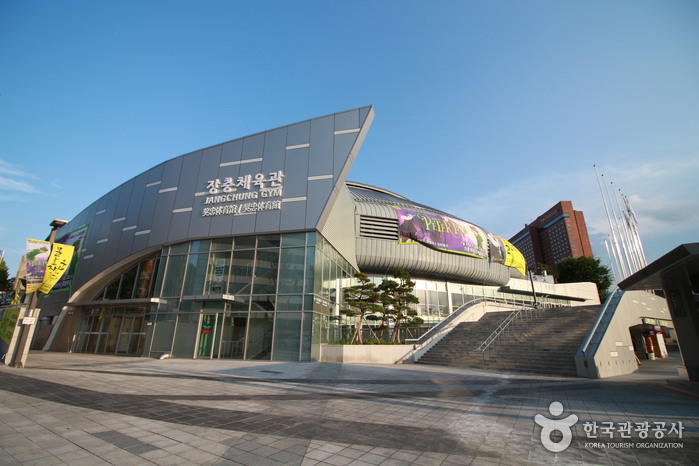
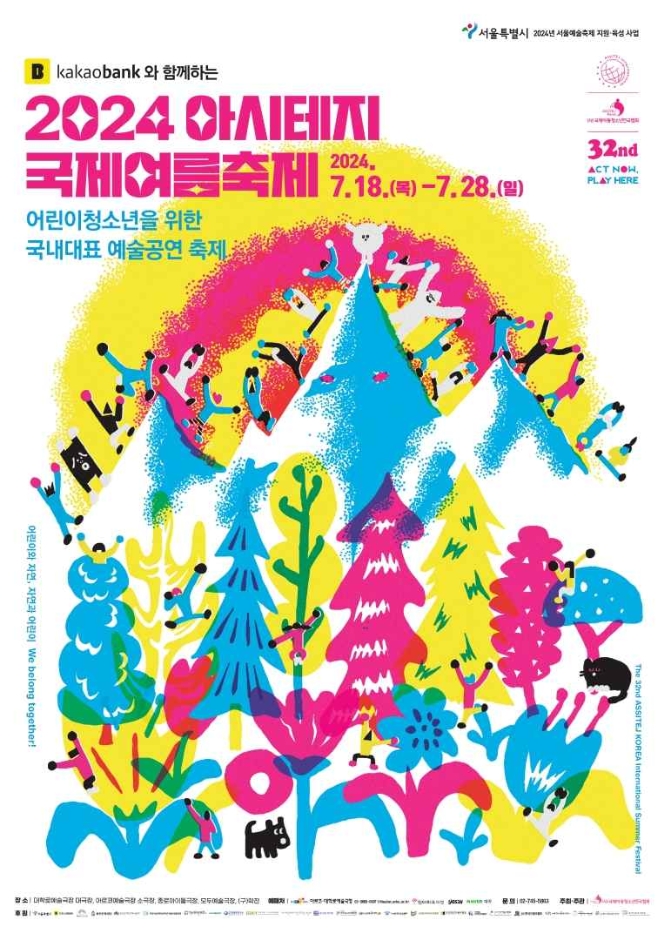
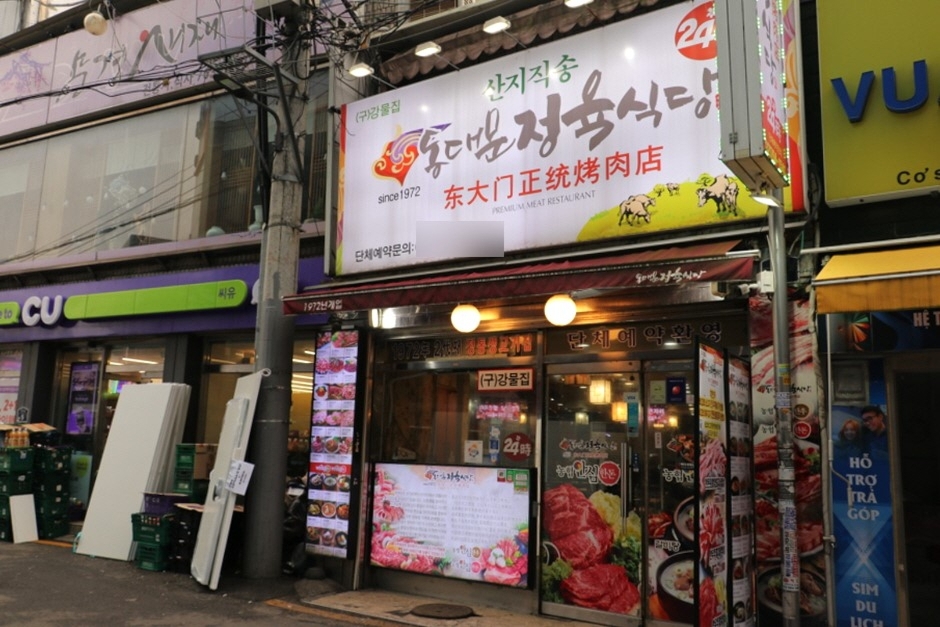
 English
English
 한국어
한국어 日本語
日本語 中文(简体)
中文(简体) Deutsch
Deutsch Français
Français Español
Español Русский
Русский